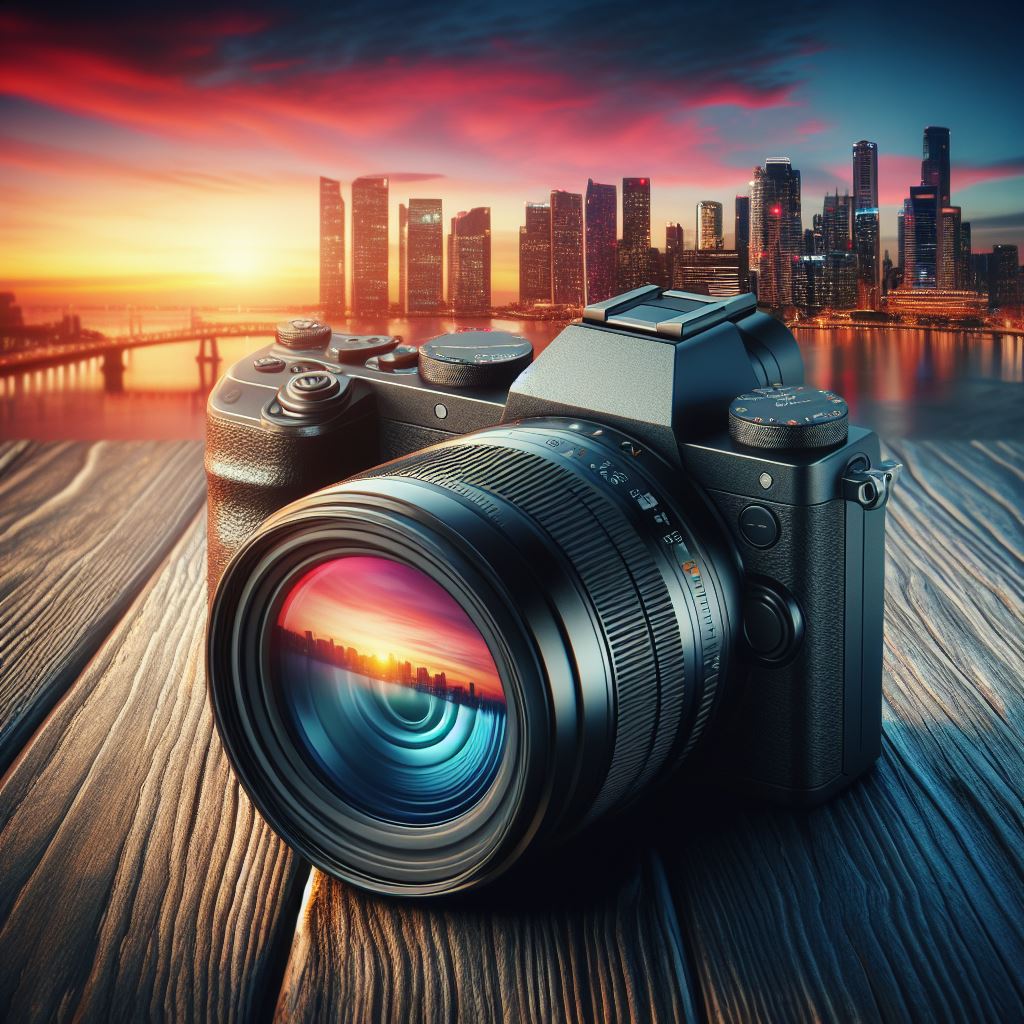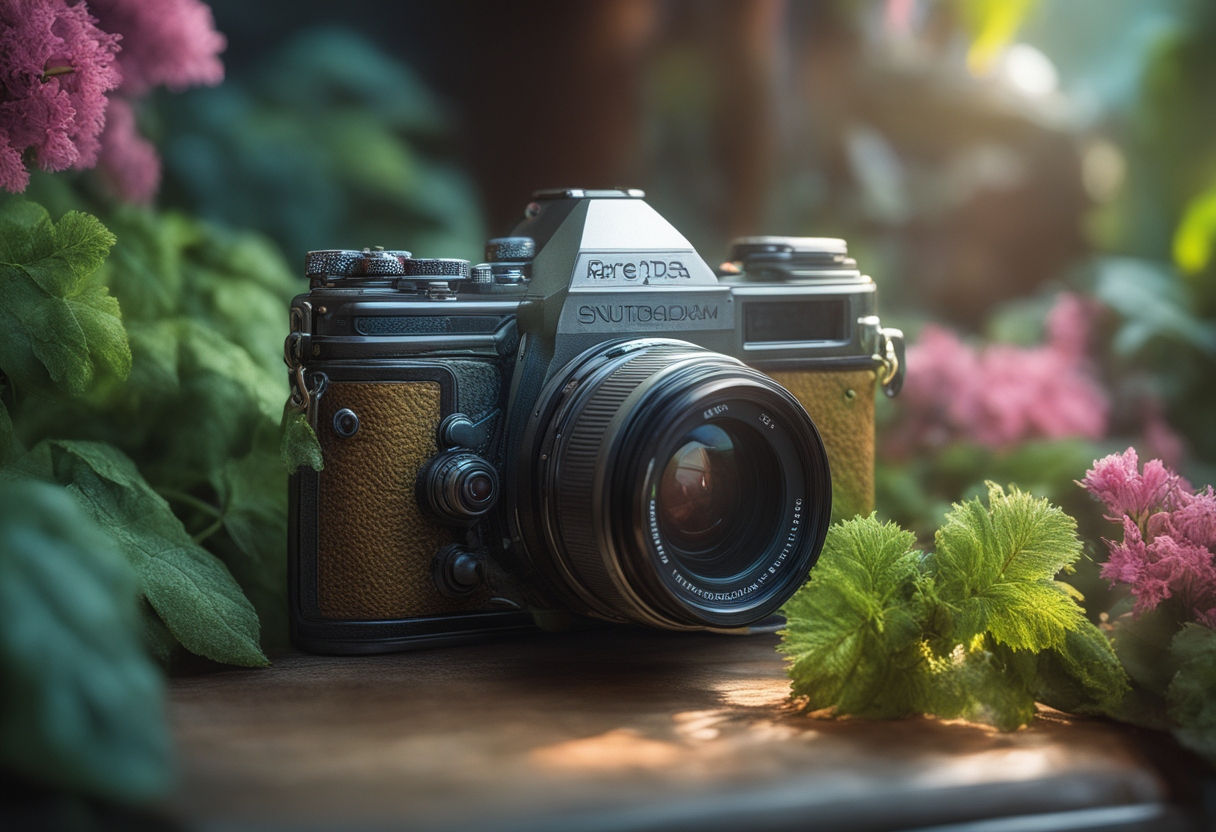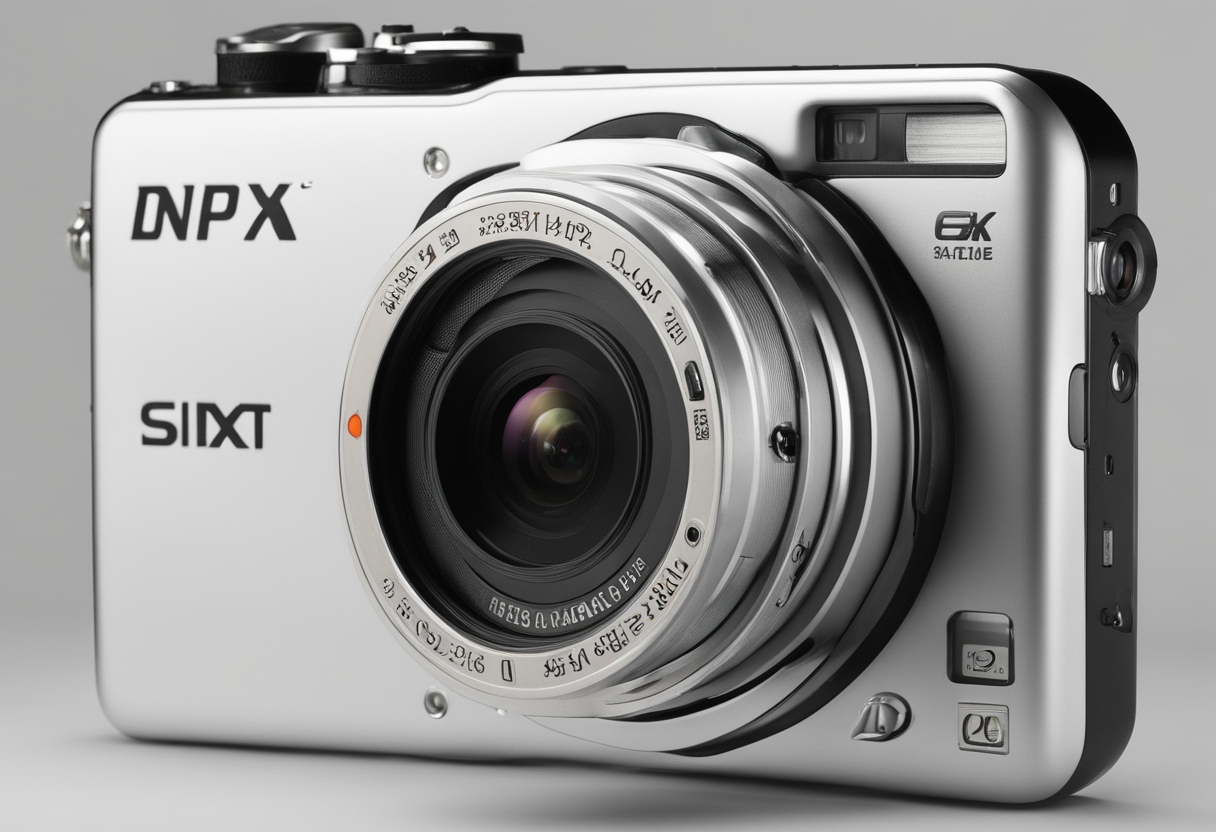The Role of MLCC in Digital Camera

Multilayer Ceramic Capacitors (MLCCs) play a crucial role in the functionality and performance of modern digital cameras. These tiny components are essential for ensuring stable and reliable operation, especially in the demanding conditions of photography and videography.

Importance of MLCCs in Digital Cameras
Power Supply Filtering: MLCCs are used extensively in digital cameras to filter the power supply, ensuring that the voltage remains stable and free from noise. This is critical for maintaining the integrity of the image signal and preventing interference that could degrade image quality.
Decoupling Capacitors: In digital cameras, decoupling capacitors are used to provide a local energy source to integrated circuits (ICs) during sudden changes in current demand. MLCCs are ideal for this application due to their low equivalent series resistance (ESR) and high capacitance, ensuring fast and efficient energy delivery.
Signal Filtering and Coupling: MLCCs are also used for filtering and coupling signals within the camera circuitry. They help to eliminate unwanted noise and ensure that signals are transmitted accurately between components, which is essential for maintaining image quality.
Miniaturization and Size Constraints: Digital cameras are continually becoming smaller and more compact, requiring components that can meet stringent size constraints. MLCCs are available in a wide range of sizes and capacitances, making them ideal for use in compact camera designs.
Reliability and Durability: MLCC is known for their reliability and durability, making them suitable for use in digital cameras that are subjected to frequent handling and varying environmental conditions. Their robust construction ensures long-term performance and minimizes the risk of failure.
MLCC Applications in Digital Cameras
Multilayer Ceramic Capacitors (MLCCs) are used in various components of digital cameras to enhance their performance and functionality. These versatile components play a critical role in ensuring the smooth operation of key camera functions. Here are some common applications of MLCCs in digital cameras:
Image Sensors: MLCCs are used in the power supply and signal conditioning circuits of image sensors. They help to filter out noise and ensure a stable power supply, which is essential for capturing high-quality images with accurate colors and minimal distortion.
Autofocus Systems: MLCCs are used in the autofocus systems of digital cameras to provide precise control over the movement of lens elements. They help to ensure fast and accurate focusing, even in challenging lighting conditions.
Image Processors: MLCCs are used in the power supply and signal processing circuits of image processors. They help to filter out noise and ensure a stable power supply, which is essential for processing images quickly and accurately.
Flash Units: MLCCs are used in the power supply circuits of flash units. They help to store and release energy quickly, ensuring that the flash fires at the right moment to capture well-exposed images, especially in low-light conditions.
LCD Displays: MLCCs are used in the power supply and signal processing circuits of LCD displays. They help to ensure a stable power supply and accurate signal processing, which is essential for displaying images and menus clearly and accurately.
Memory Cards: MLCCs are used in the power supply and signal processing circuits of memory cards. They help to ensure reliable data storage and retrieval, which is essential for storing images and videos captured by the camera.
Battery Management Systems: MLCCs are used in the power management circuits of digital cameras to ensure efficient use of battery power. They help to regulate the voltage and current supplied to various components, extending the battery life of the camera.

MLCC Selection Guide for Digital Camera Designers
Selecting the right Multilayer Ceramic Capacitors (MLCCs) is crucial for digital camera designers to ensure optimal performance, reliability, and compatibility with the camera’s design requirements. Here are some key factors to consider when selecting MLCCs for digital camera applications:
Voltage Rating: Choose MLCCs with a voltage rating that exceeds the maximum voltage expected in the camera’s circuitry. This helps to prevent voltage breakdown and ensure reliable operation under all conditions.
Capacitance: Select MLCCs with the appropriate capacitance value for the intended application. The capacitance value determines the amount of charge the capacitor can store and affects the filtering and decoupling performance of the capacitor.
Size and Package: Consider the size and package of the MLCCs to ensure they fit within the camera’s design constraints. MLCCs are available in various sizes and package types, so choose the one that best suits the available space and layout requirements.
Temperature Stability: Choose MLCCs with a high temperature stability rating, especially if the camera is expected to operate in extreme temperature conditions. This helps to ensure that the capacitance value remains stable over a wide temperature range.
ESR (Equivalent Series Resistance): Consider the ESR of the MLCCs, as lower ESR values are desirable for applications where fast charging and discharging are required, such as in power supply and signal filtering circuits.
Dielectric Material: Select MLCCs with a dielectric material that is suitable for the intended application. Different dielectric materials offer varying levels of performance and stability, so choose the one that best meets the camera’s requirements.
Reliability and Durability: Choose MLCCs from reputable manufacturers known for their high-quality and reliable components. MLCCs used in digital cameras should be able to withstand frequent handling and varying environmental conditions.
Cost: Consider the cost of the MLCCs and balance it with the performance and reliability requirements of the camera. While cost is an important factor, compromising on the quality of the MLCCs could lead to reliability issues and costly repairs in the future.
MLCC Reliability in Digital Cameras
Multilayer Ceramic Capacitors (MLCCs) play a critical role in ensuring the reliability and durability of digital cameras. These components are designed to withstand the demanding conditions of camera operation, providing stable performance over extended periods. Here are some key aspects of MLCC reliability in digital cameras:
Temperature Stability: MLCCs used in digital cameras are designed to operate reliably over a wide temperature range. They are tested and rated for their ability to maintain stable capacitance values at both high and low temperatures, ensuring consistent performance in varying environmental conditions.
Vibration and Shock Resistance: Digital cameras are often subjected to vibration and shock during use, especially in portable and handheld devices. MLCCs used in these cameras are designed to withstand such mechanical stresses, ensuring that they remain operational even in challenging conditions.
Longevity: MLCCs are known for their long life span, providing reliable performance for many years of use. This longevity is essential for digital cameras, as they are often used intensively and need to maintain consistent performance over time.
Low Failure Rate: MLCCs have a low failure rate, which is crucial for digital cameras where reliability is paramount. Manufacturers test MLCCs rigorously to ensure that they meet stringent quality standards and are suitable for use in demanding applications like digital cameras.
Humidity Resistance: Digital cameras may be used in humid environments, where moisture can potentially affect the performance of electronic components. MLCCs used in digital cameras are designed to be resistant to humidity, ensuring that they remain reliable even in such conditions.
Quality Assurance: Manufacturers of MLCCs for digital cameras implement strict quality assurance processes to ensure that their components meet the highest standards of reliability and performance. This includes testing for electrical characteristics, mechanical durability, and environmental resistance.
